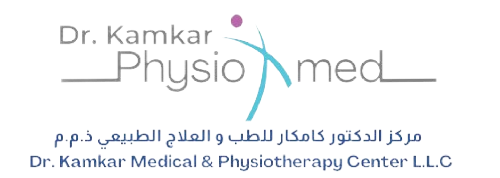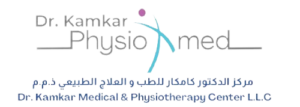
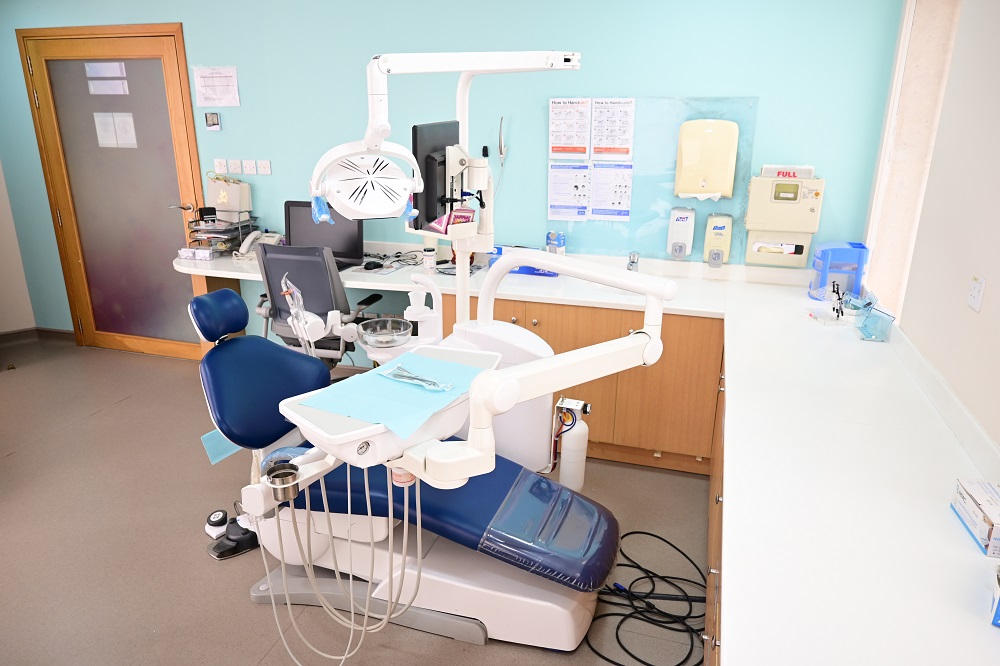

center

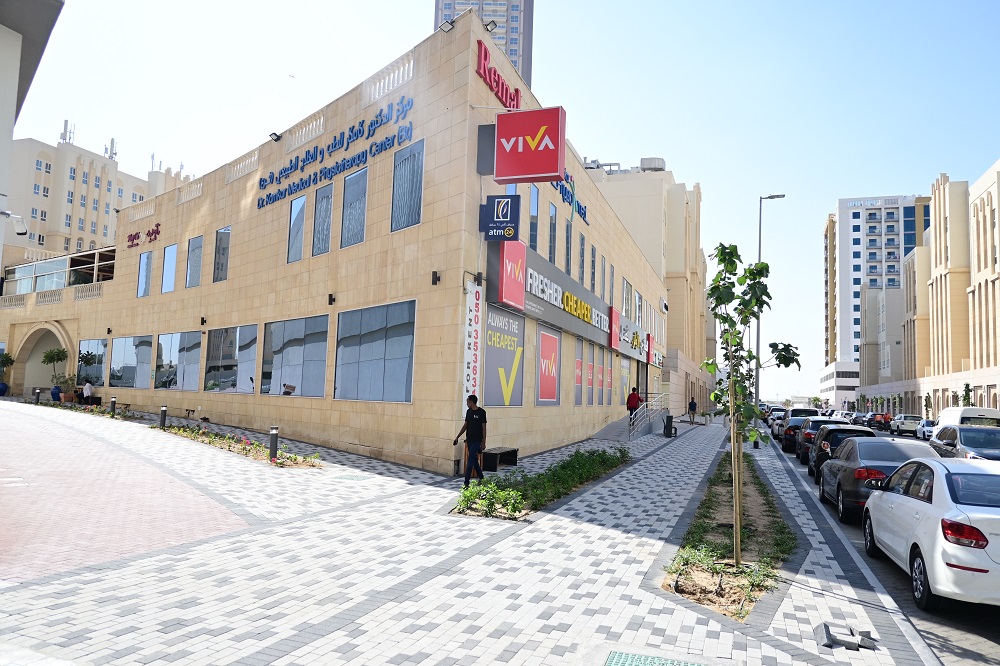
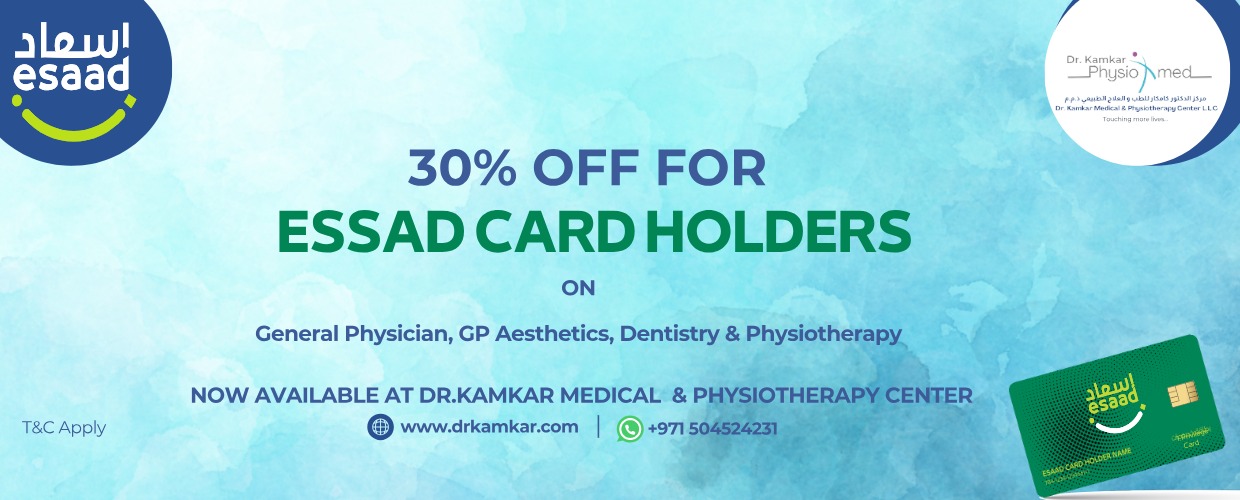
Welcome To Dr. Kamkar Medical & Physiotherapy Center L.L.C
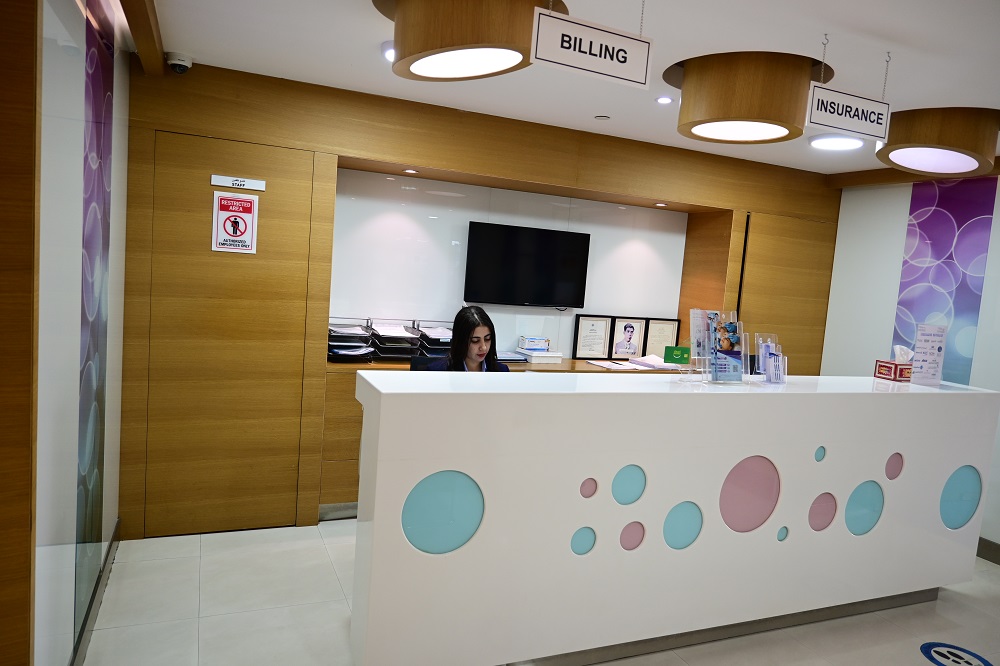
Welcome To Dr. Kamkar Medical & Physiotherapy Center L.L.C
Where your health takes center stage. Located in the heart of Dubai, our dedicated team is committed to providing personalized and compassionate care tailored to your individual needs. With a focus on preventive measures and effective treatments, we strive to empower our patients to make informed decisions about their well-being. Step into our state-of-the-art facility, where cutting-edge medical technologies meet a warm and inviting atmosphere. Your journey to optimal health begins here at Dr. Kamkar Medical & Physiotherapy Center.
Why Choose Us
Pateint Centered care
providing personalized and compassionate care
Personal Treatments
Our treatments are based on individual requirements and needs.
Professional Doctors
Experienced, well-educated doctors and therapists.
Our featured Services
We are a multi-disciplinary Clinic providing a fully comprehensive Service to the Community. We have highly professional Clinicians committed to your health and wellbeing.

General Practitioner
We offer continuity of care by managing chronic conditions, prescribing medications, and coordinating referrals to specialists when needed

Dental
Our dedicated healthcare professionals specializing in oral health, providing a range of services for maintaining the well-being of teeth, gums, and cavity.

GP Aesthetics
Our team is dedicated to enhancing your natural allure with a range of advanced aesthetic services tailored just for you.

Physiotherapy
Their expertise lies in restoring and enhancing the functional abilities of individuals, promoting overall well-being.

Laser Treatment
Consultation with a qualified healthcare professional or dermatologist is recommended to determine the suitability of laser therapy for a particular concern.
Meet Our Doctors
Our experts specialize in delivering compassionate care, utilizing the latest medical advancements. Trust us for personalized and comprehensive healthcare tailored to your needs. Your health is our priority – welcome to excellence in medical care.

